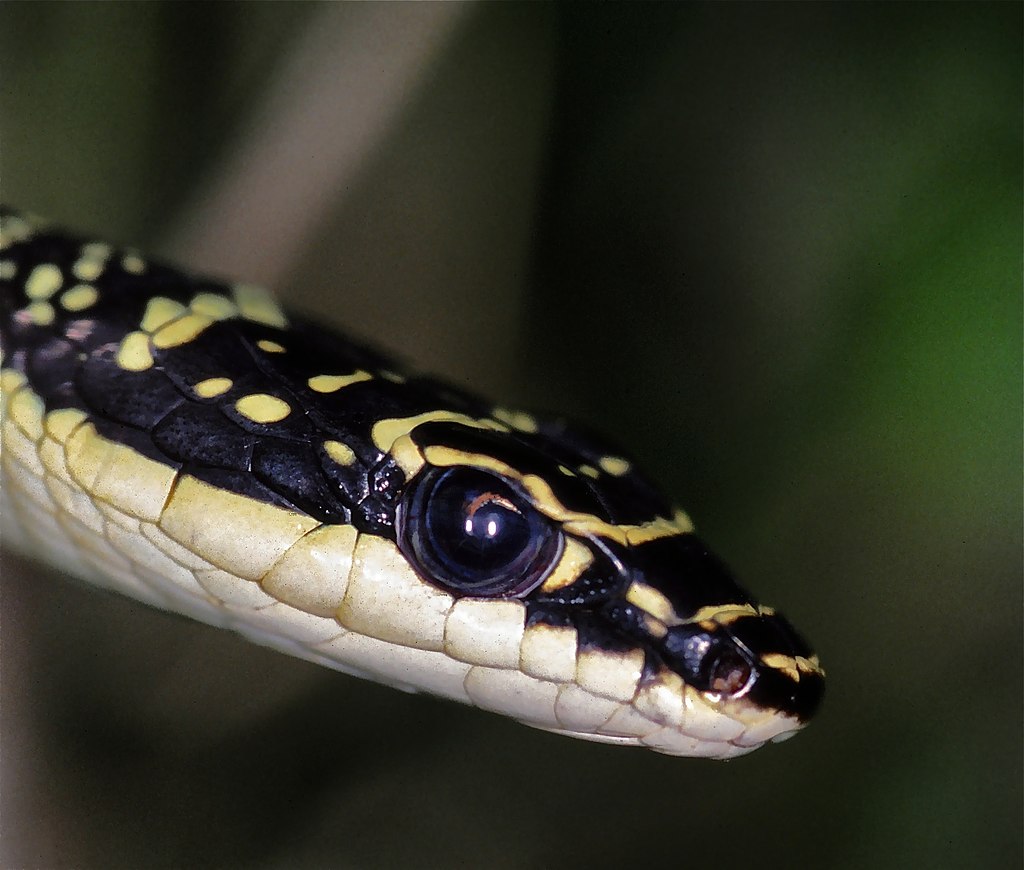In the complex world of wildlife survival, snakes have developed remarkable adaptations to manage their food intake. Unlike humans who might indulge in three meals daily, snakes operate on a drastically different feeding schedule dictated by evolutionary necessity. Their ability to consume prey many times their own body width is astonishing, but equally impressive is how they avoid the dangers of overeating. This balancing act between feast and restraint represents one of nature’s most fascinating survival strategies, allowing snakes to thrive across diverse ecosystems worldwide without falling victim to their own predatory capabilities. Let’s explore the sophisticated biological mechanisms and behaviors that help snakes maintain optimal nutrition without overindulging.
The Unique Digestive System of Snakes

Snakes possess one of the most specialized digestive systems in the animal kingdom, perfectly evolved for their predatory lifestyle. Unlike mammals with their constant metabolic demands, a snake’s digestive tract can remain dormant between meals, conserving precious energy. When feeding occurs, their system undergoes dramatic transformation, with stomach acid production increasing rapidly and digestive organs expanding to accommodate prey. Their lower metabolic rate during fasting periods represents an evolutionary adaptation that prevents energy waste searching for unnecessary meals. This remarkable system allows some species to survive on just 6-12 meals annually while maintaining optimal health.
Feast or Famine: The Natural Feeding Cycle
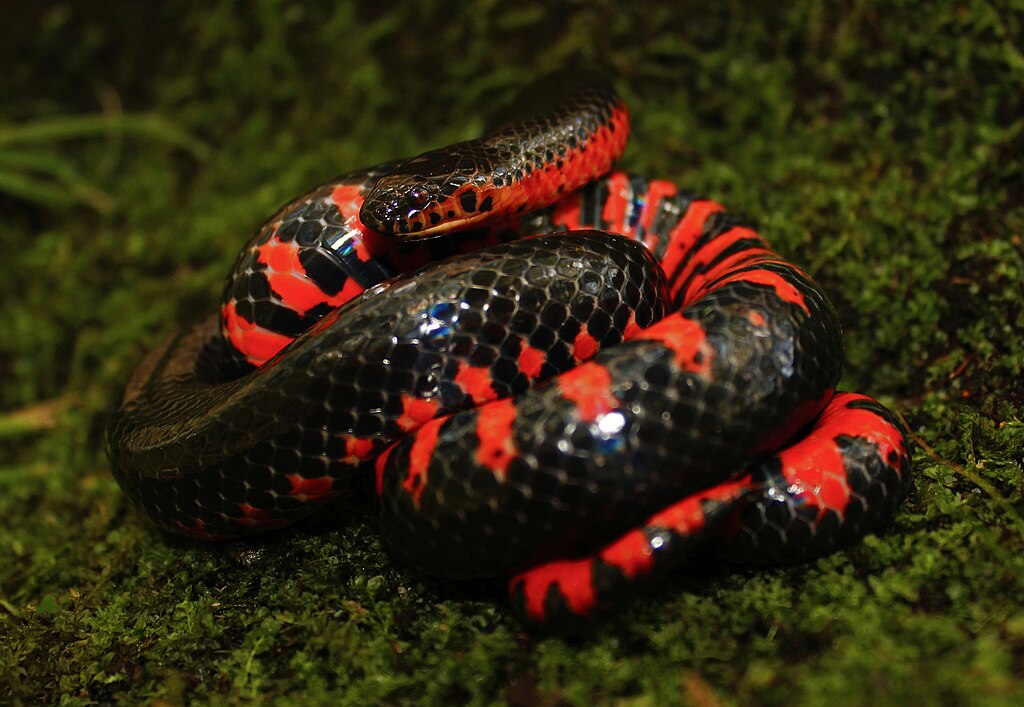
The feeding pattern of wild snakes follows a “feast or famine” cycle that naturally prevents overeating. Most snake species don’t adhere to regular feeding schedules, instead consuming large meals opportunistically when prey is available. This pattern evolved in response to unpredictable food availability in their natural habitats, where prey animals might be abundant one month and scarce the next. After consuming a meal, snakes typically enter a digestive period lasting days or even weeks, during which they become less active and focus entirely on processing their food. This natural cycle creates built-in breaks between feeding opportunities, effectively limiting how frequently a snake can consume prey regardless of availability.
Temperature-Dependent Appetite Regulation
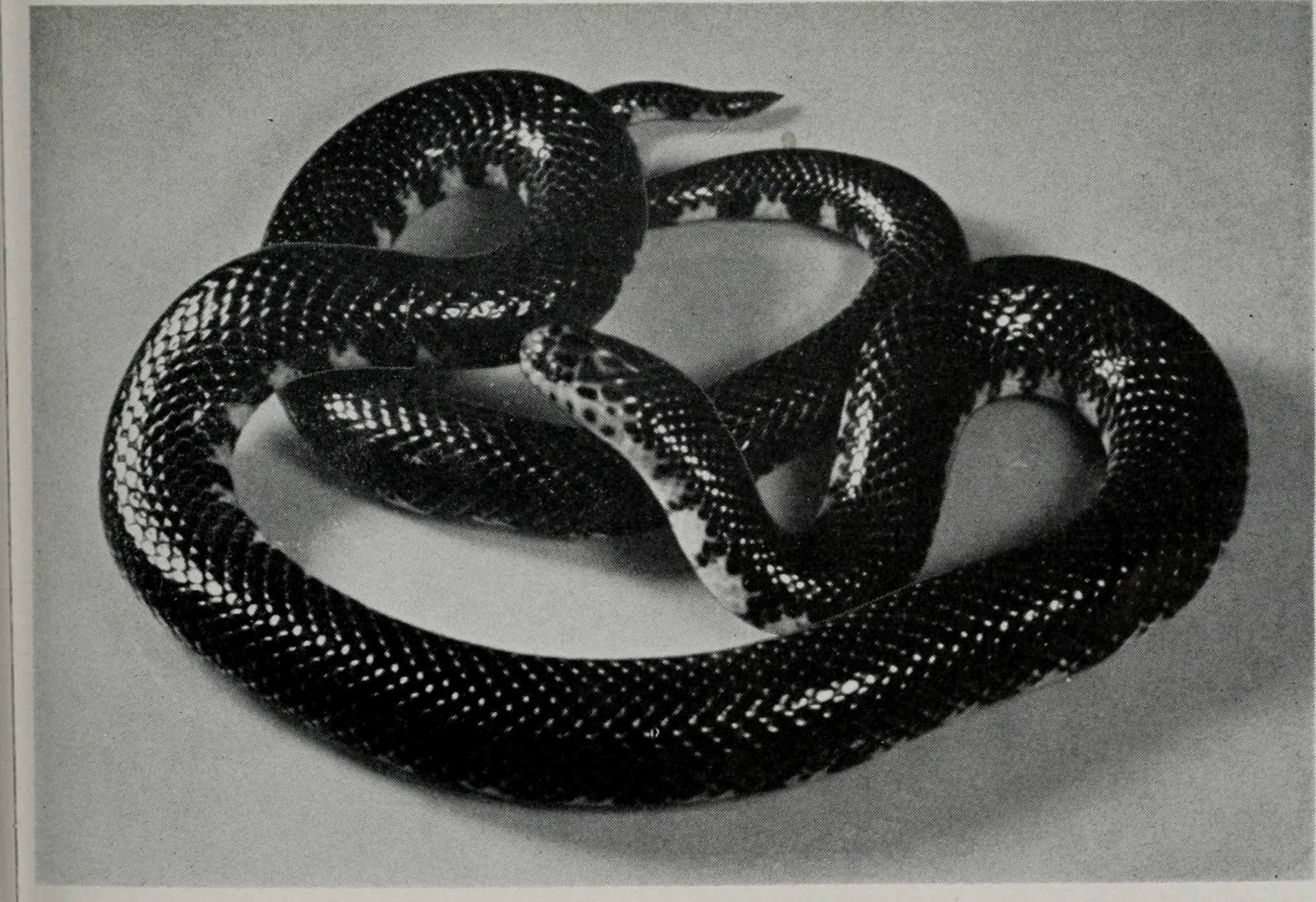
As ectothermic animals, snakes rely on environmental temperatures to regulate their bodily functions, including appetite and digestion. Lower temperatures significantly reduce a snake’s metabolic rate, which naturally suppresses hunger and slows digestive processes. During colder seasons, many snake species enter a state of brumation (similar to hibernation), during which they stop feeding entirely for extended periods. Even during active seasons, daily temperature fluctuations help regulate feeding behavior, with appetite typically increasing during optimal temperature conditions and decreasing when too hot or cold. This temperature-dependent appetite regulation serves as a natural safeguard against overeating by tying consumption directly to environmental conditions rather than constant hunger signals.
Hormonal Hunger Control
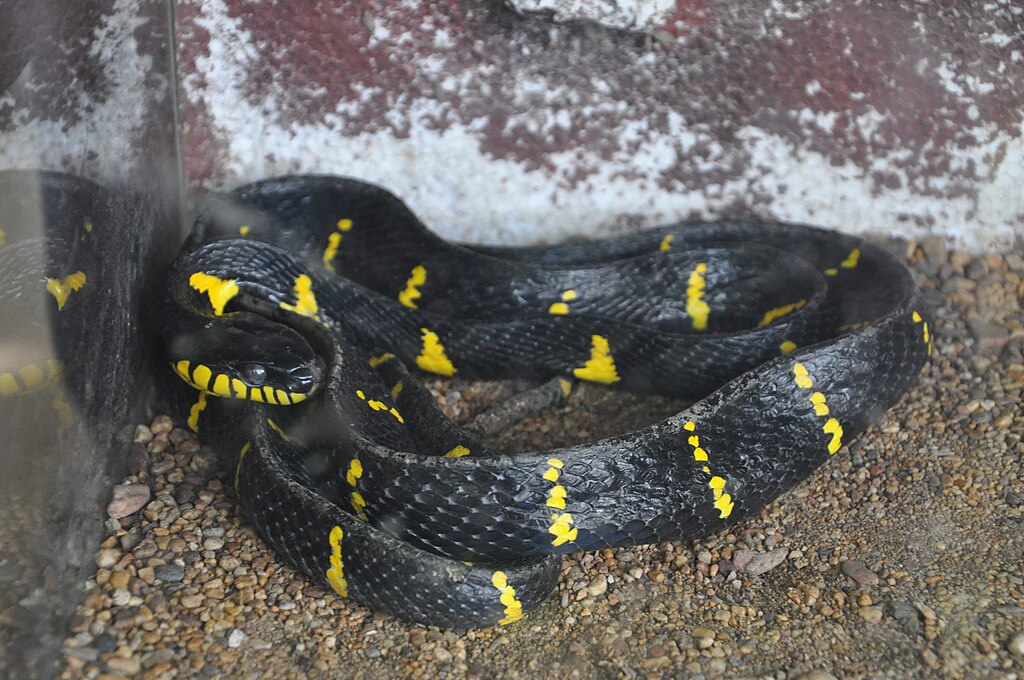
Snakes possess sophisticated hormonal systems that regulate hunger and satiety over extended periods. After consuming a large meal, their bodies release hormones that suppress appetite, often for weeks at a time, preventing them from hunting when digestion is still underway. Research has identified several key hormones, including cholecystokinin and peptide YY, that function similarly to those in mammals but operate on a much longer timeline in snakes. These hormonal signals are particularly powerful in species like pythons and boas, which may consume prey weighing up to 100% of their own body weight. The slow-release nature of these appetite-suppressing hormones ensures that snakes don’t waste energy hunting when their bodies are still processing a previous meal.
Anatomical Limitations as Protection

The physical structure of a snake’s body imposes natural limitations that prevent dangerous overeating. Though snakes can dramatically expand their jaws and bodies to accommodate large prey, there are absolute physical limits to this expansion. Attempting to consume prey too large can result in serious injury or death, creating evolutionary pressure for snakes to develop instinctual size assessment abilities. Additionally, a snake’s mobility becomes significantly compromised during digestion of a large meal, increasing vulnerability to predators. This mobility reduction serves as a natural deterrent against continuous feeding, as each meal requires a period of reduced activity. The snake’s elongated body plan also means that excessive food consumption could impair vital organ function by creating dangerous internal pressure.
Prey Selection and Size Assessment
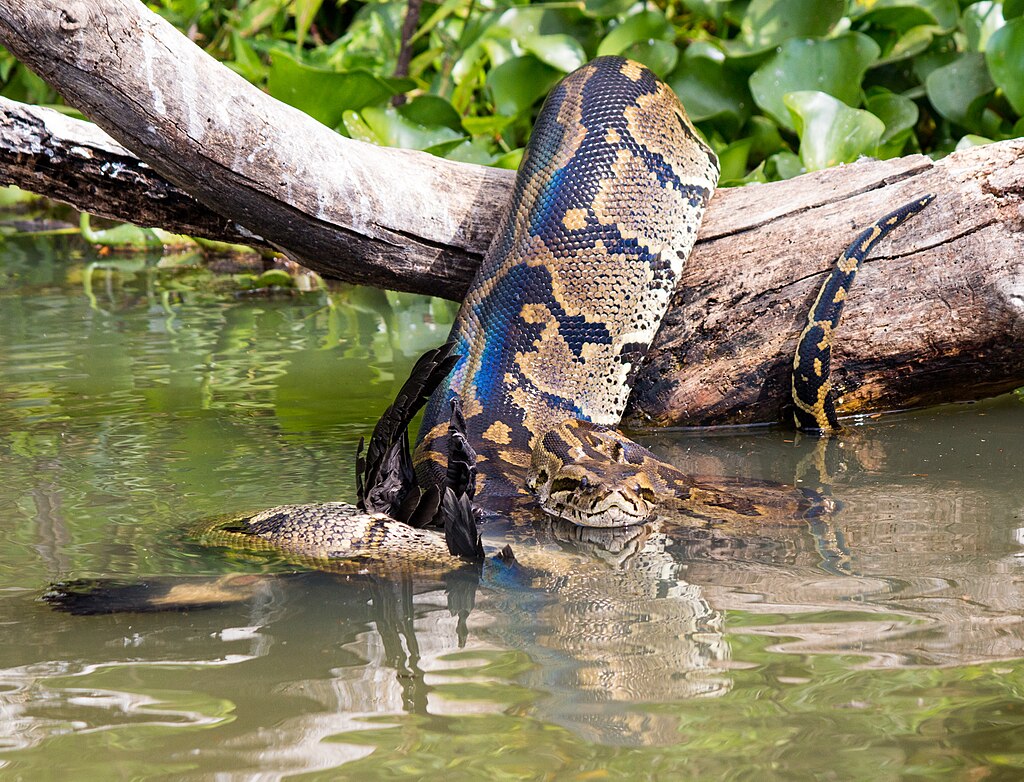
Snakes demonstrate remarkable ability to assess appropriate prey size before attempting consumption, a critical skill that prevents potentially fatal feeding attempts. This assessment involves both visual cues and specialized sensory adaptations like infrared heat-sensing pits in vipers and pythons, which help gauge prey mass and potential digestibility. Studies have documented snakes abandoning hunting behavior when presented with prey exceeding their safe consumption threshold, suggesting innate recognition of their limitations. For ambush predators like rattlesnakes, this assessment occurs during the pre-strike planning phase, reducing energy expenditure on unmanageable prey. Even aggressive feeders like king cobras show restraint when confronted with excessive meal sizes, demonstrating that this assessment capacity exists across diverse snake lineages.
Metabolic Adaptations During Digestion

The extraordinary metabolic changes snakes undergo during digestion help regulate their feeding frequency and prevent overeating. After consuming a meal, a snake’s metabolic rate can increase by up to 44 times its basal level, representing one of the most dramatic metabolic shifts observed in any vertebrate. This intense metabolic surge, known as specific dynamic action (SDA), requires tremendous energy expenditure and produces significant internal heat. The physical demands of this process discourage frequent feeding, as the snake must complete the high-energy digestive cycle before seeking another meal. In species like the Burmese python, organs including the heart, liver, and intestines can double in size within 48 hours of feeding, then return to normal size once digestion completes, further illustrating the substantial physiological cost of processing each meal.
Seasonal Fasting Periods
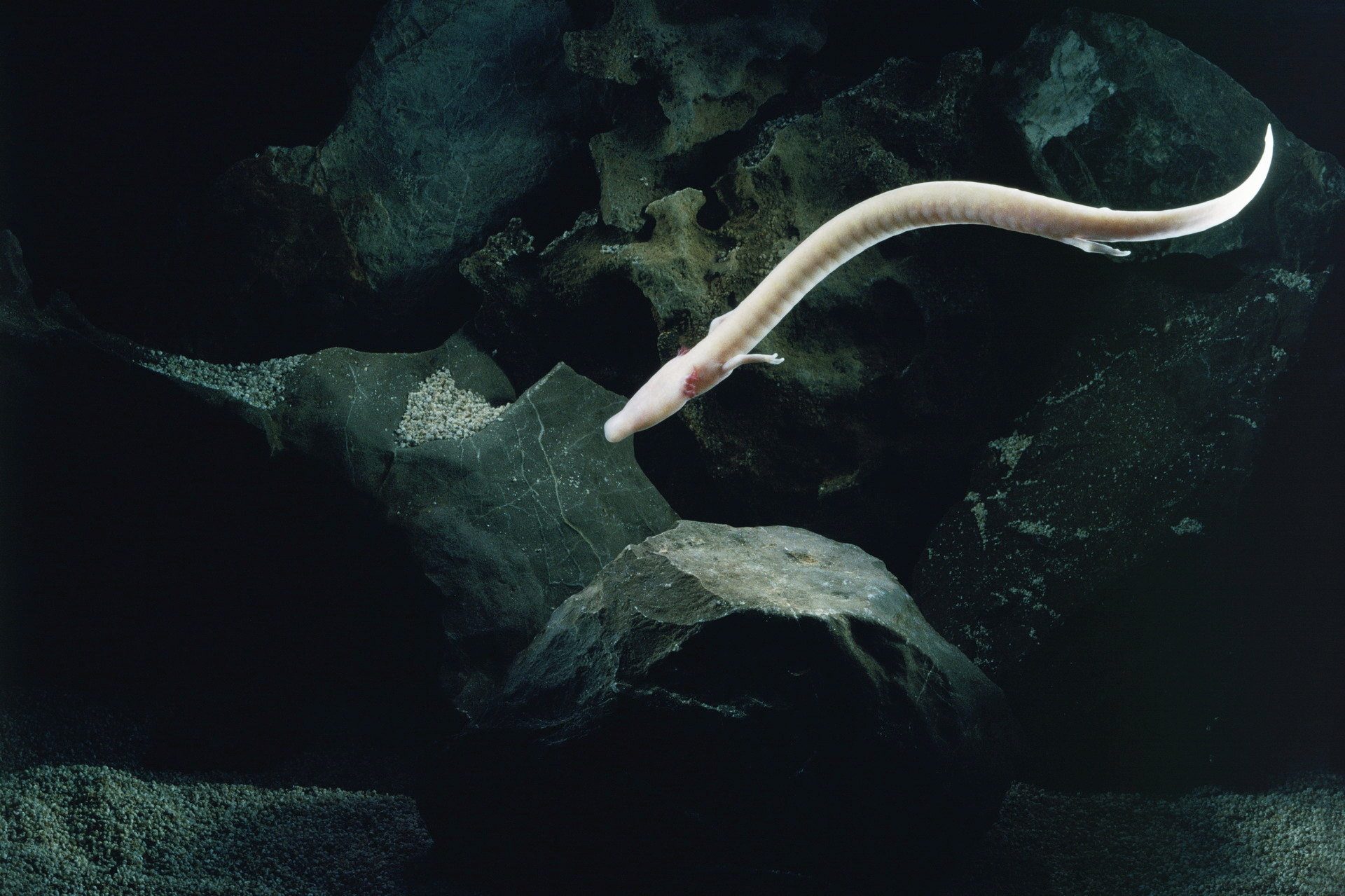
Many snake species undergo natural seasonal fasting periods that prevent continuous feeding throughout the year. During winter months in temperate regions, snakes enter brumation—a hibernation-like state where metabolic functions slow dramatically and feeding ceases entirely, sometimes for 4-5 months. Even in tropical regions without true winters, many snake species observe seasonal fasting tied to dry seasons or reproductive cycles. Female snakes often stop feeding during gestation and egg development, prioritizing reproductive success over nutrition. These predictable fasting periods have become integrated into snakes’ annual biological rhythms, serving as natural circuit-breakers in their feeding patterns. The resulting cyclical approach to nutrition helps prevent the dangers of continuous consumption while synchronizing snakes’ energy needs with ecological conditions.
Behavioral Self-Regulation
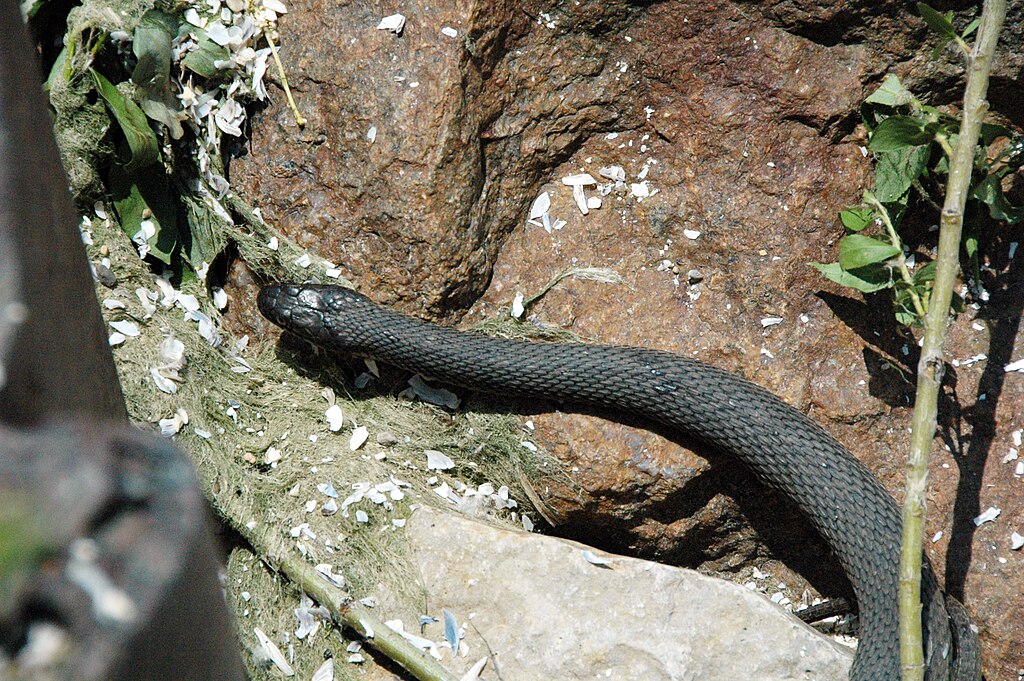
Observations of wild snakes reveal sophisticated behavioral patterns that naturally limit feeding frequency and prevent overeating. After consuming a substantial meal, most snake species seek secure hiding spots where they remain relatively motionless during digestion, effectively removing themselves from potential feeding opportunities. This post-meal seclusion period typically lasts until digestion is complete, with some species remaining hidden for up to two weeks after a significant meal. Field studies have documented wild pythons refusing available prey when still digesting previous meals, suggesting conscious regulatory behavior rather than purely physiological limitations. In captivity, where food is artificially abundant, snakes generally maintain these self-limiting behaviors, indicating these patterns are deeply ingrained rather than simply responses to food scarcity.
The Role of Learning and Experience
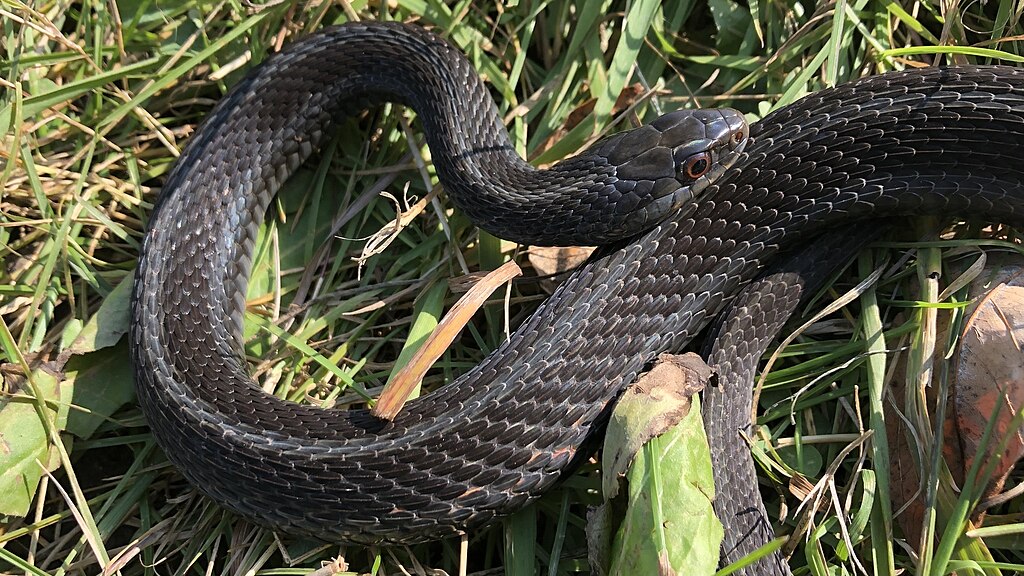
Experience plays a significant role in helping snakes optimize their feeding patterns and avoid dangerous overconsumption. Young, inexperienced snakes occasionally attempt to consume prey too large for their capabilities, sometimes with fatal consequences. However, surviving snakes appear to learn from these encounters, developing more accurate prey assessment skills over time. Researchers have observed that mature specimens of species like king cobras and pythons show greater selectivity and restraint than juveniles of the same species. This learning component supplements innate regulatory mechanisms, creating a multi-layered approach to feeding regulation. In semi-social species that occasionally share habitat, younger snakes may even learn appropriate prey selection by observing the hunting behaviors of older, more experienced individuals.
Comparing Wild and Captive Feeding Patterns
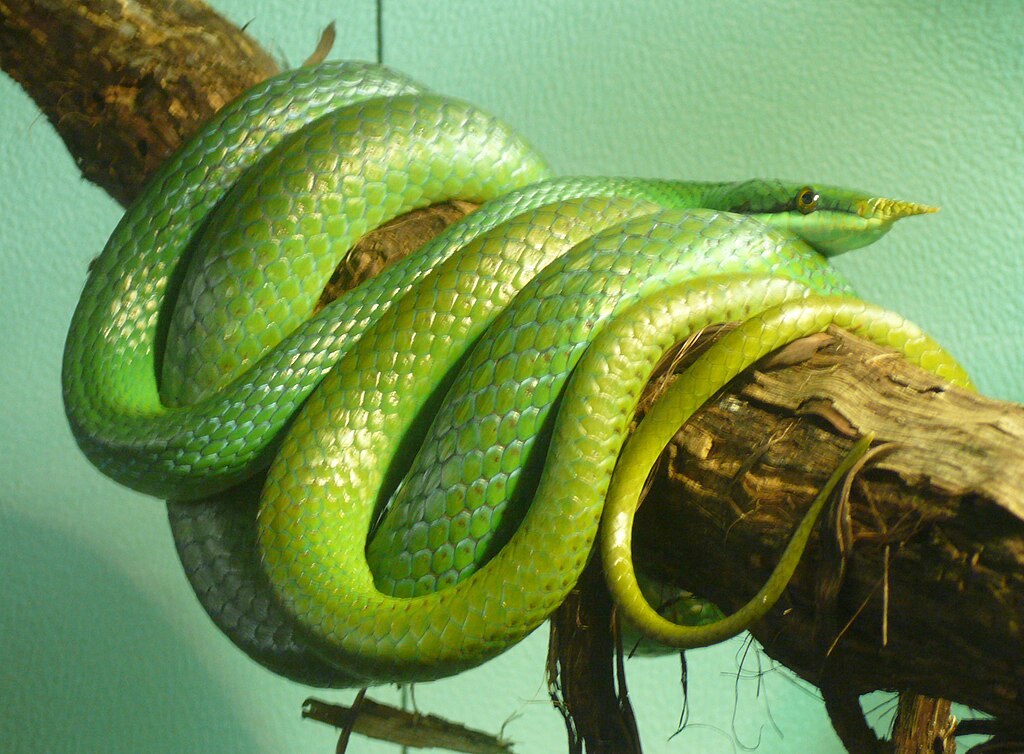
The contrast between wild and captive snake feeding behaviors highlights the natural mechanisms preventing overeating in natural settings. In the wild, most snake species feed relatively infrequently, with many consuming only 10-15 meals annually despite theoretically being capable of processing food more often. Captive snakes, when offered food at artificially frequent intervals, typically maintain feeding patterns resembling their wild counterparts, often refusing meals if offered too soon after previous feeding. However, some captive specimens can develop problematic feeding behaviors when human caretakers disrupt their natural rhythms by offering excessive food. This comparison provides valuable insights into the primarily internal nature of feeding regulation in snakes, showing that even with unlimited access, most healthy snakes naturally limit consumption to appropriate levels through innate biological mechanisms.
Evolutionary Advantages of Measured Consumption

The careful balance snakes maintain between feast and famine represents millions of years of evolutionary refinement offering significant survival advantages. By consuming large meals infrequently rather than small meals often, snakes minimize hunting-related energy expenditure and exposure to predators while hunting. The extended periods between meals allow snakes to prioritize other essential activities like thermoregulation, territory defense, and reproduction during non-feeding periods. Species with highly specialized feeding adaptations, such as egg-eating snakes that consume seasonally available bird eggs, benefit particularly from these regulated consumption patterns. The evolutionary success of this feeding strategy is evidenced by the global distribution of snakes across almost every terrestrial habitat, from deserts to rainforests, demonstrating the effectiveness of their measured approach to consumption.
When Regulation Fails: Consequences of Overeating
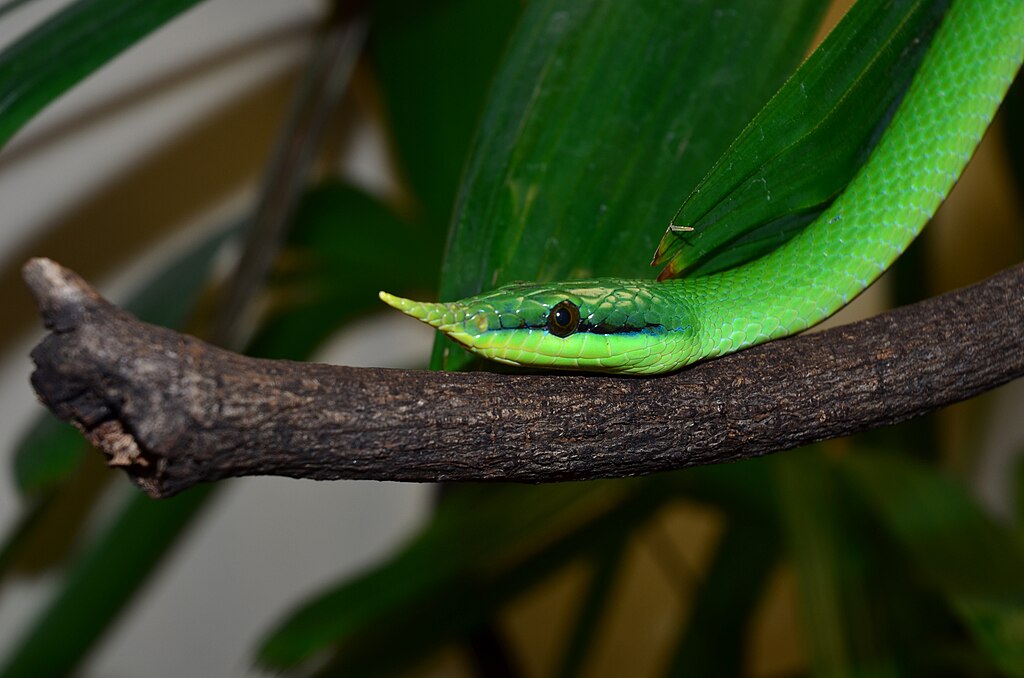
Though rare in wild populations, instances of snake overeating do occur and highlight why regulatory mechanisms evolved to prevent such outcomes. The most dramatic consequence of overeating is regurgitation, a physically taxing process that can damage a snake’s esophagus and expose them to predators during the vulnerable act. In extreme cases, excessive consumption can lead to fatal complications including organ rupture, respiratory compromise as the expanded stomach limits lung capacity, or lethal intestinal blockages. Snakes that consume inappropriately large meals also experience extended digestion periods with significantly reduced mobility, sometimes becoming completely incapable of escape behaviors for days. These severe potential outcomes explain the evolutionary pressure that has shaped the multiple overlapping regulatory mechanisms preventing overconsumption in healthy wild snake populations.
In conclusion, the remarkable ability of snakes to avoid overeating in the wild represents a masterpiece of evolutionary engineering involving multiple biological systems working in harmony. From their specialized digestive organs and hormonal balances to behavioral adaptations and learned experiences, snakes employ a sophisticated multi-layered approach to nutrition that optimizes survival. These intricate mechanisms allow snakes to thrive as efficient predators while avoiding the significant risks that come with excessive consumption. Understanding these natural regulatory systems not only provides fascinating insights into snake biology but also offers valuable lessons about evolutionary solutions to metabolic challenges. As with many aspects of wildlife biology, the snake’s measured approach to consumption demonstrates nature’s elegant solutions to complex survival problems.

